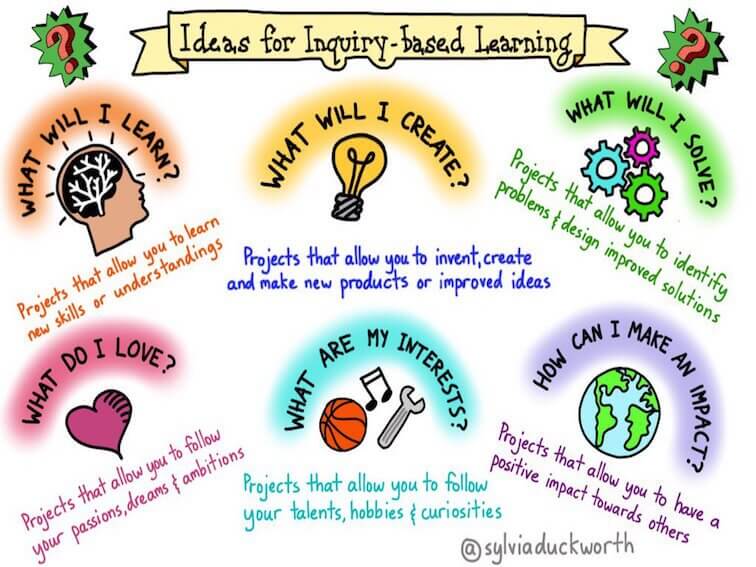Learning Pod: Learning Pod 2
Peers’ Names: Alyssa, Amelie, Caitlin, Sujean, Sarah
ILR Topic: Developing healthy strategies helps us feel connected, supported, and valued
https://docs.google.com/document/d/1K53Muqk5lFmamBjRMtYGbjDoRHNPwNHHJoo3_uvohVw/edit
1. Identify components of the Interactive Learning Resource that might be missing (e.g., appropriate outcomes, alignment, interactivity, inclusivity, technology use and rationale, presentation, grammar, spelling, citations, etc.).
· The introduction should be shorter. There should be a brief introduction at the beginning of the article. I think we can save a lot of unnecessary words in the introduction so that learners can have a clearer understanding of the content of the course. In addition, important information should be at the beginning of the article, such as what level of learners and multimedia platform to use.
· Add a more detailed description of the multimedia site. At the end of the article, I saw several presentations on multimedia applications that will be used in the course. I think it is excellent that you are considering some learners who are not very computer-literate. One of my suggestions is to attach the instructional videos and links to the official websites below the introduction so learners can become more familiar with the sites and applications.
· Lack citation in the text. In the instructional design, I did not see the marks of rLack of citations in the text. I did not see the marks of references in the instructional design in the article. In my opinion, it is essential to add references to respect the original author and prevent you from being judged for plagiarism.
· Lack of final testing of learning outcomes. At the end of every class, I see a Padlet interaction with the learners, that is a good idea! But from my point of view, you can design a big project with students working together or give a test at the end of all classes to check their learning results. Just having students upload their ideas to Padlet is not a good test of whether they are learning what is taught in class.
· Lacks the study described the design and basic principle (exploration, based on the project, direct guidance, etc.). I only saw very little in the introduction about direct instruction, and I think you should have a section dedicated to it and the theory of learning. Remember to align with the content of the learning theory.
2. Provide a summary of The Interactive Learning Resource’s strengths and weaknesses. Draw out specific examples from your peers’ work to justify your feedback.
Advantages:
Diversified multimedia teaching.
The curriculum is reasonably designed, and the understanding of growth thinking and fixed thinking is progressive.
Each class has a different interaction, as well as homework assessment after class.
Weakness:
Not a clear introduction at the beginning
Lack of specific evaluation criteria
Lack of learning design description and rationale
I think most of the significant essential components are contained in Google Docs, and a variety of multimedia can make the learning environment much richer for learners. Each class has a different interaction, which our group does not have. For learning outcomes, we only have a quiz at the end of the class. I love the way that students Padlet their ideas and homework onto Zoom for class discussion. For the growth mindset, everyone needs to hear different people’s ideas and get timely feedback. Padlet and Zoom can tap into learners’ inner thoughts and develop the courage to speak in front of a crowd. I noticed that H5P in class 4 would have multiple choice, matching problems, true/false problems, and drag-and-drop problems, but they will all be placed in Google Slides. I suggest turning Google Slides into Zoom class (Zoom has a multiple-choice function) to examine the entire class’s learning outcomes. Then use Google slides to answer questions for the students. Such an approach can really engage each student in the class and may help students retain the lesson content in their long-term memory.
3. Provide general, specific, and practical recommendations to your peers on how to improve their Interactive Learning Resource.
Overall, I think your ILR is excellent. I would also like to mention a few personal thoughts. If your instructional design is for 10/11 year old, I think the synchronized curriculum needs to include more teaching methods that children enjoy more, such as completing games in class or giving rewards. Monotonous theoretical knowledge will make children feel bored. Can we add some animation for dubbing to teach theoretical knowledge? When interacting with peers, as teachers, we should also mention respect for other students in teaching, listen to others quietly when they speak, and build an inclusive teaching environment, which is not only about the content of learners but also the interaction between learners and others. And in adolescence, children are most likely to appear rebellious thoughts, and effective benign guidance is very important.




Recent Comments